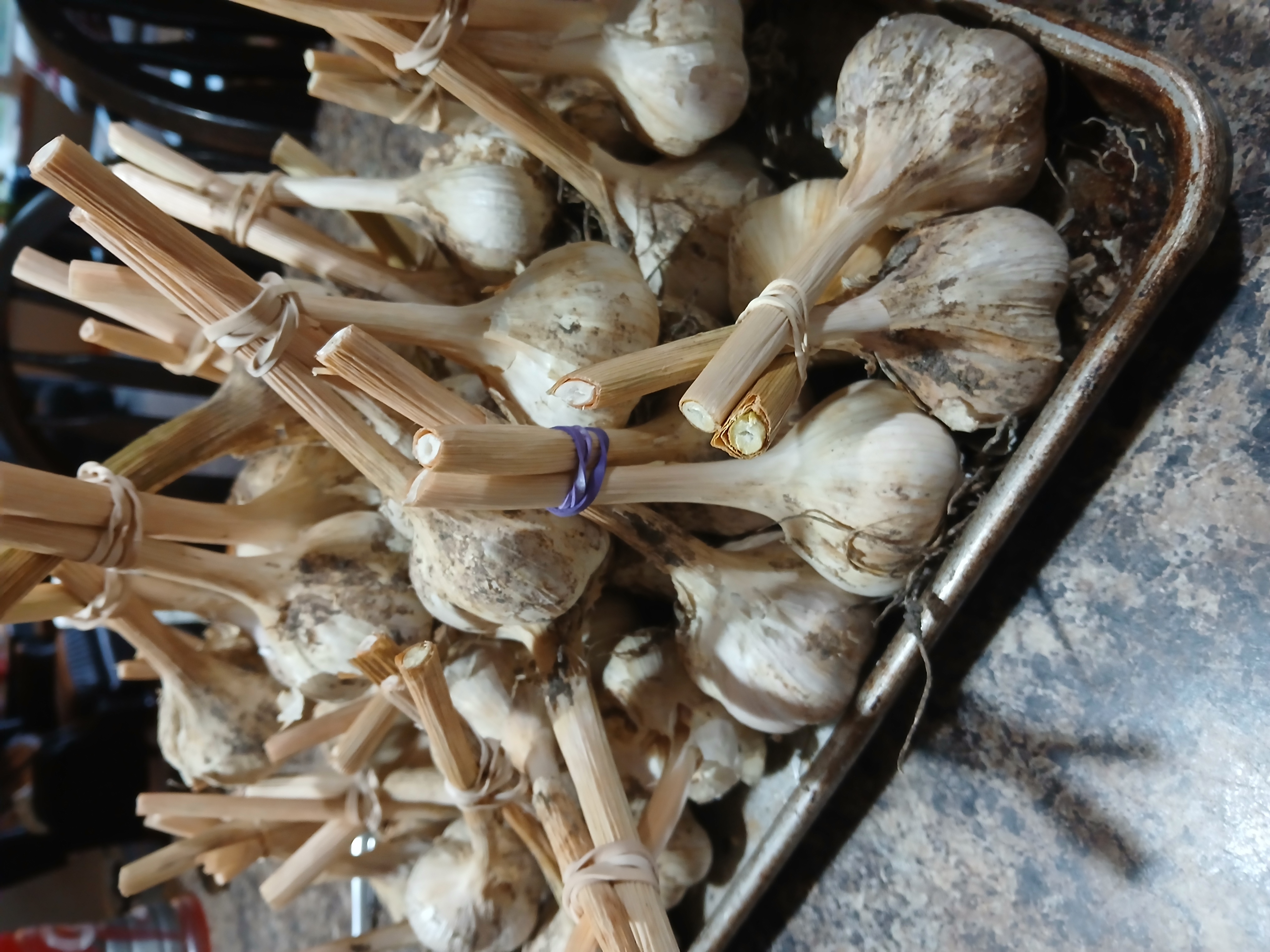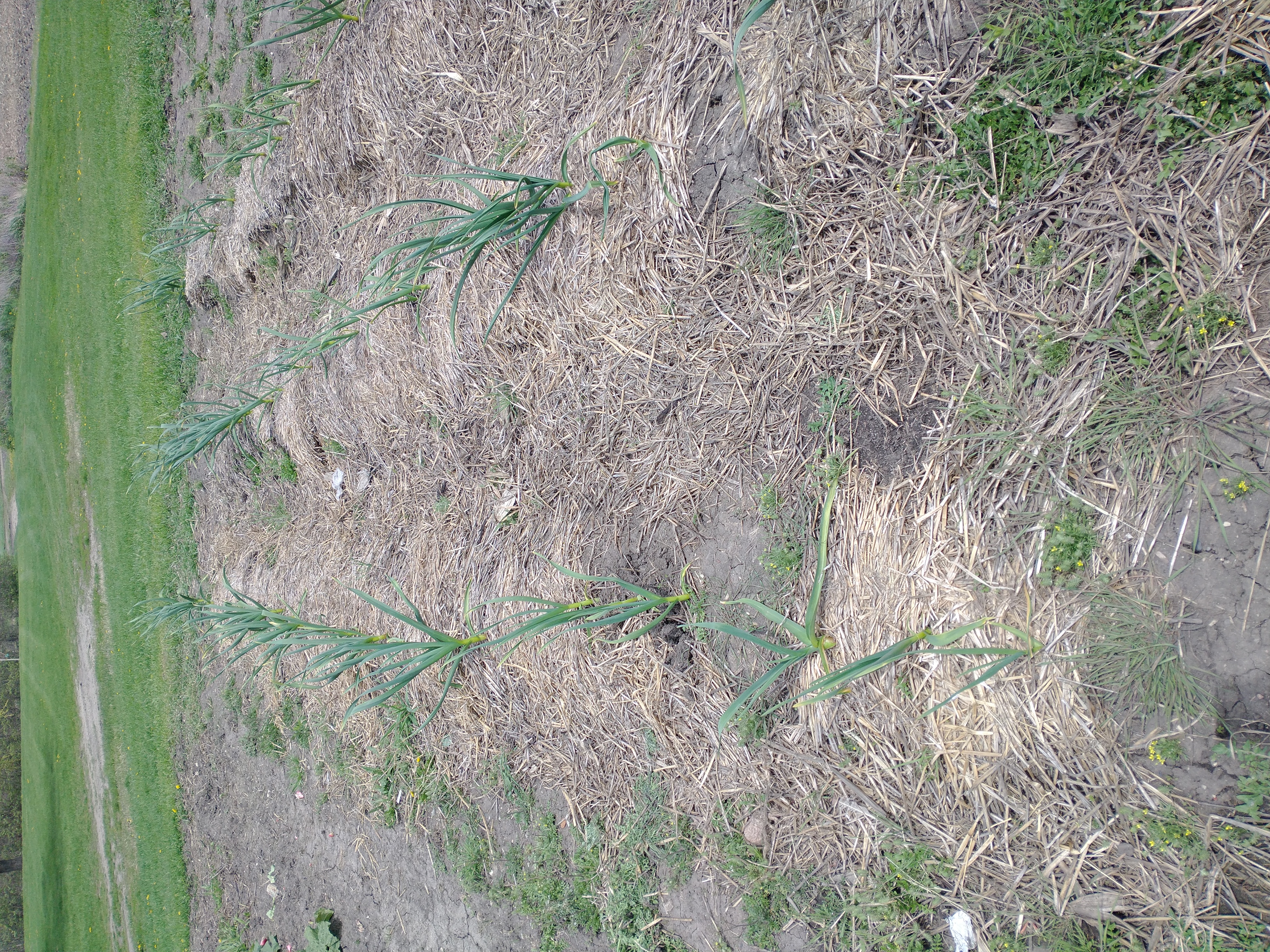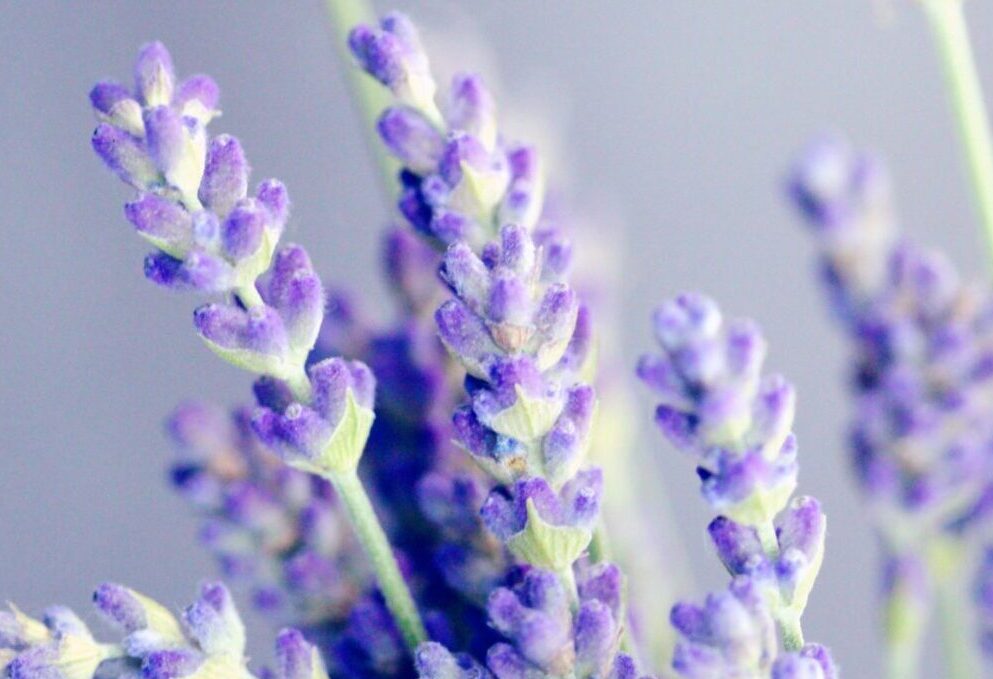A Little About Garlic
What is Garlic?
According to the Oxford dictionary Garlic is a strong-smelling pungent-tasting bulb, used as a flavoring in cooking and in herbal medicine and is closely related to an onion, that produces a bulb.

Each bulb contains sections which are called cloves. When crushed, garlic emits a strong pungent odor.
Garlic Used for Health Benefits
There are several ways in which garlic is used for health. From drjoshaxe.com and healthline.com, here are some of them:
- The sulfur compounds found in garlic help the digestive system. Allicin is one of the compounds and is only present shortly after it has been crushed or cut.
- Garlic has many vitamins present and is low in calories. The macronutrients which are most highly present are B-6, vitamins C, and calcium.
- It can help in the prevention of infections, colds and flu.
- It can reduce the risk of cancer from its sulfur compounds.
- Garlic helps in blood sugar levels which in turn can help with diabetes.
- Garlic can help reduce high blood pressure. Studies have shown that garlic has the same effects as prescription medications which help lower blood pressure.
- Garlic has been shown to lower LDL (bad cholesterol). It did not influence HDL (good cholesterol) or triglycerides which can contribute to heart disease.
- Garlic contains antioxidants which can help in the prevention of dementia and Alzheimer’s disease.
- Garlic may increase the years of life. Studies have shown people who eat garlic more than once a week have a longer life expectancy than those who consume it once a week or less. This could be because of its benefits which help in the prevention of infections.
- Garlic may enhance your athletic ability. However, there has not been extensive research in this area.
- Garlic gel applied to the scalp can help with alopecia.
- Eating garlic may help in the detoxification of heavy metals. There have been studies in which garlic performs better in this area than prescription medication.
- Garlic may help in bone strength. Garlic helps with oxidative stress. Oxidative stress contributes to osteoporosis.
- Garlic can treat skin issues.
- Garlic can improve the flavor of foods.
Even though there may be more research needed to determine the health benefits of garlic, it is an easy option to add it to your diet and reap any benefits it may give.
How to Plant Garlic in Minnesota?
If you are from a cold climate like Minnesota, you will want to make sure you have a hard-neck garlic variety. Garlic should be planted late in the fall when the soil temperature is around 45 degrees Fahrenheit. Garlic prefers well drained, fertilized soil without any weed pressure. Hence, remember to remove the weeds around them. Plant cloves in a mounded hill approximately 4” apart. They should be in the ground at least 2” with the pointed end up. I like to plant mine 3”-4” deep. Cover your garlic with straw or mulch to protect it from the cold temperatures. Don’t worry if they start growing and then freeze again. They will come back in the spring just as good as ever.

How and When to Harvest Garlic?
Garlic will shoot green onion like leaves in the spring. You can also use these in your cooking before the garlic is ready to be harvested. A curled scape will grow in the middle of the plant which should be removed (and can be used in cooking) so the energy goes into the bulbs. If the scape is left, it will produce bulbils which are seedlike clones of the garlic plant.
Monitor your garlic. When two of the leaves on the bottom of the plant are dry, it is time to harvest the garlic. Garlic should be dug out, not pulled. They do make special tools to dig out garlic, but a small hand shovel will do the trick. Just be sure to dig far enough out so you do not damage the garlic bulb.
After the bulbs are dug, hang the entire plant in a dry place. The bottom of the garlic bulb which has the roots will be rough and dry when the bulb is dry enough for storage.
How to Store Garlic?
When the garlic is dried, cut off the excess stem. Garlic can be stored in any type of container as long as there is sufficient airflow. Garlic keeps its integrity the best in a dry climate. They do not like it cold or damp. A refrigerator is not a good place to store garlic. Also, it is best to keep the garlic clove together; they are their best storage device. Garlic stored properly will maintain its quality for approximately 4 to 6 months.
Garlic Risks?
Garlic has many benefits and is normally safe in culinary amounts, but there are some things to consider before using garlic. According to drjoshaxe.com here are some:
- If taken in larger amounts it can cause burning, diarrhea, vomiting, body odor, bad breath, gas, bloating nausea, heartburn, and a burning sensation in the mouth and stomach.
- Garlic is a natural blood thinner. If this were an issue, especially with medications, avoid garlic.
Conclusion
Garlic can enhance the quality of baking and cooking with its flavors and aroma. Consumption can help in many health aspects as well. It is quite easy to grow, harvest, and store. The risks involved in garlic consumption is usually in excessive amounts and when used with medications.
